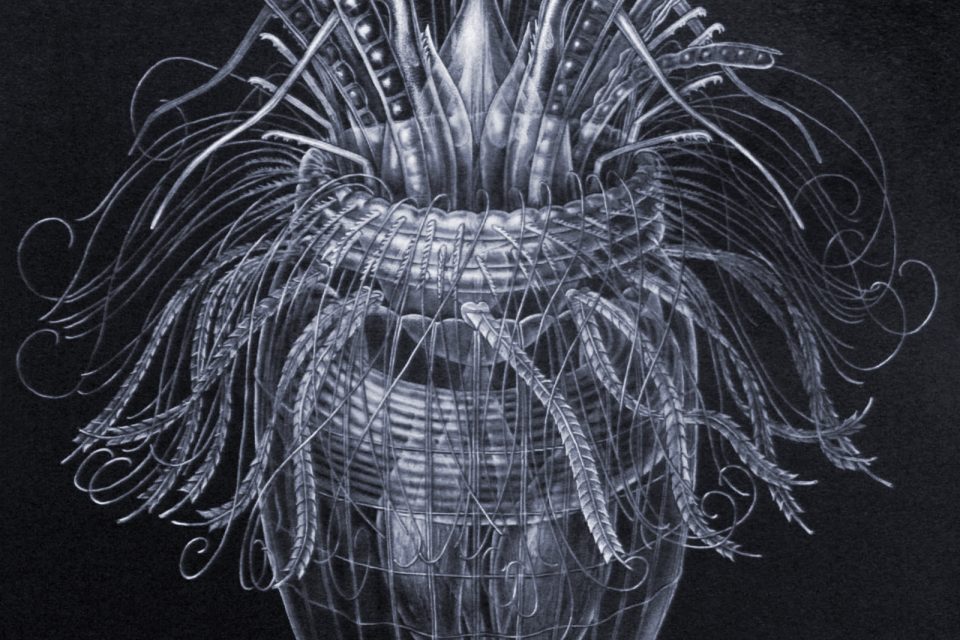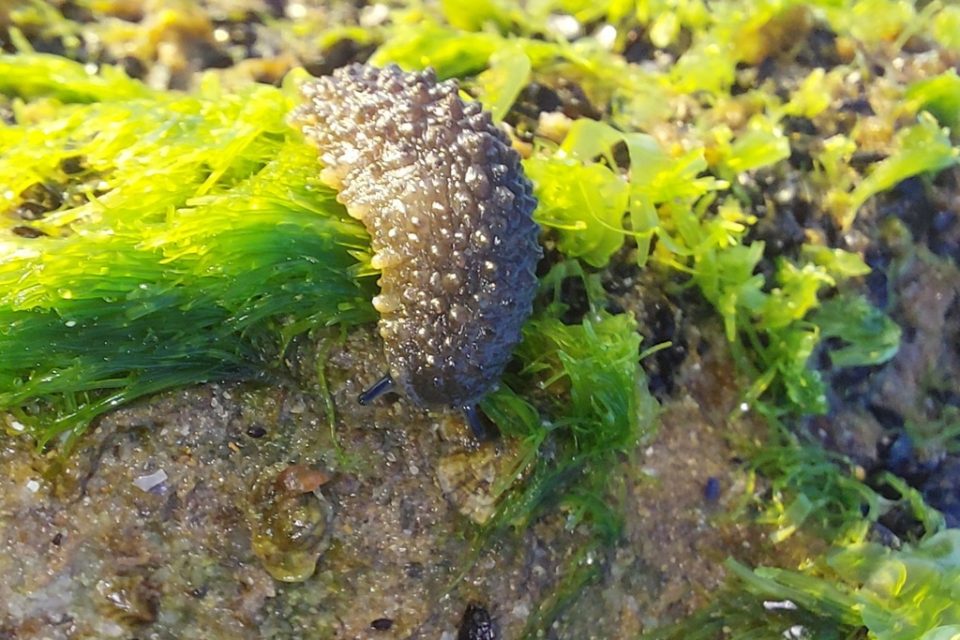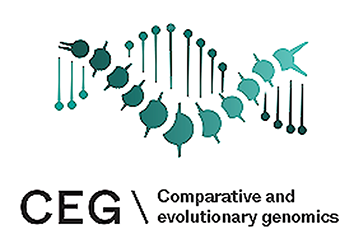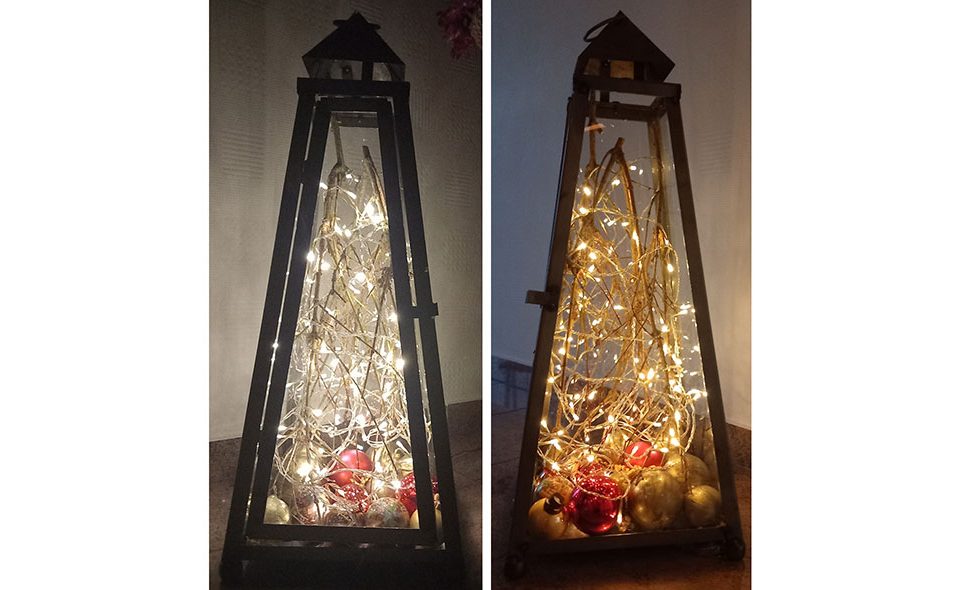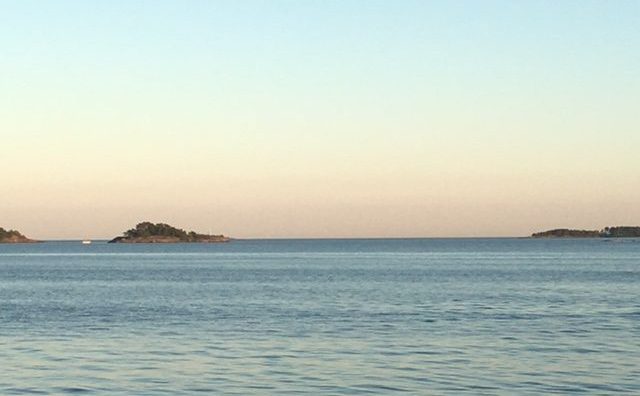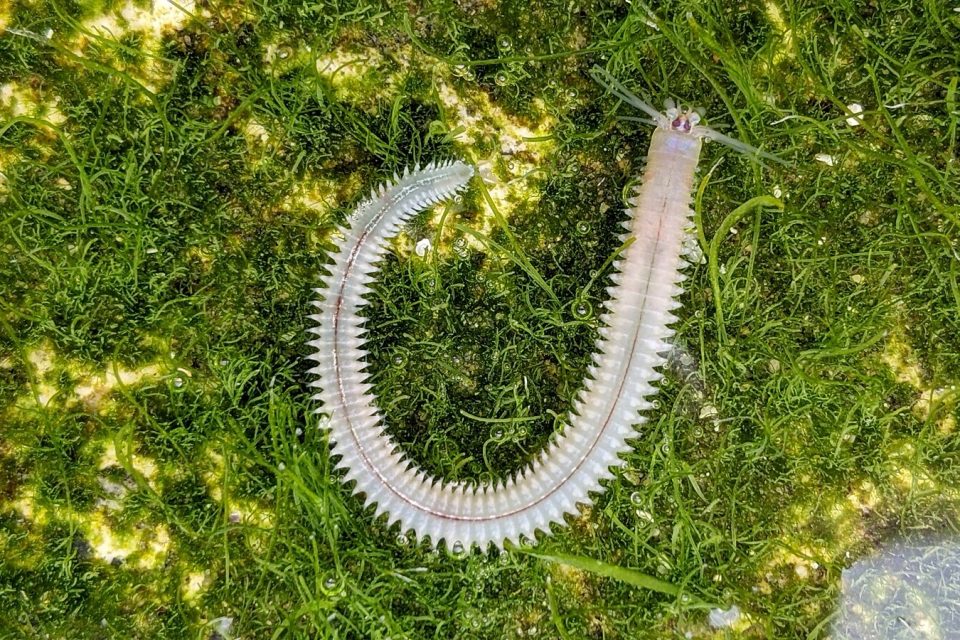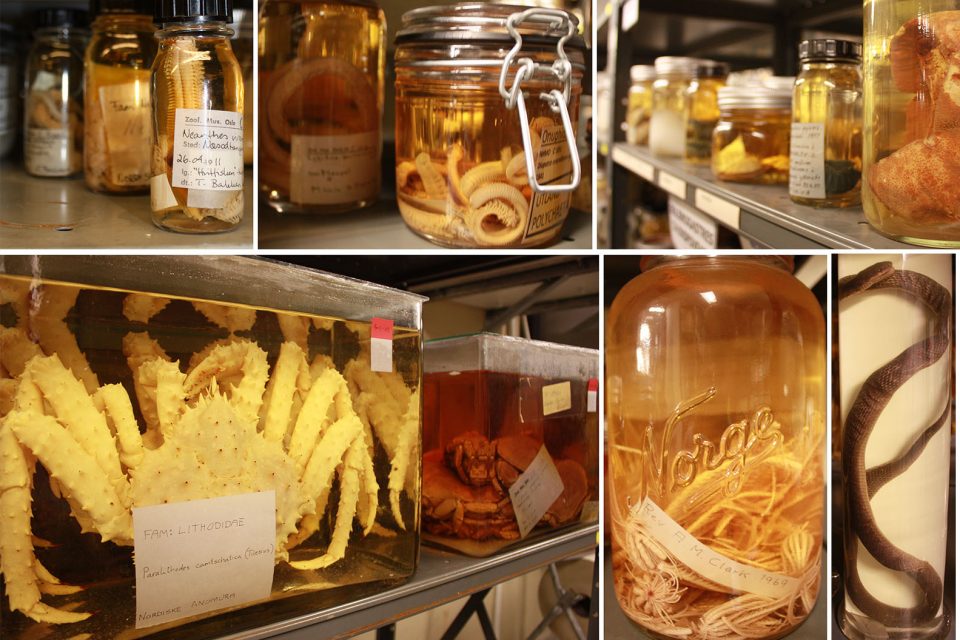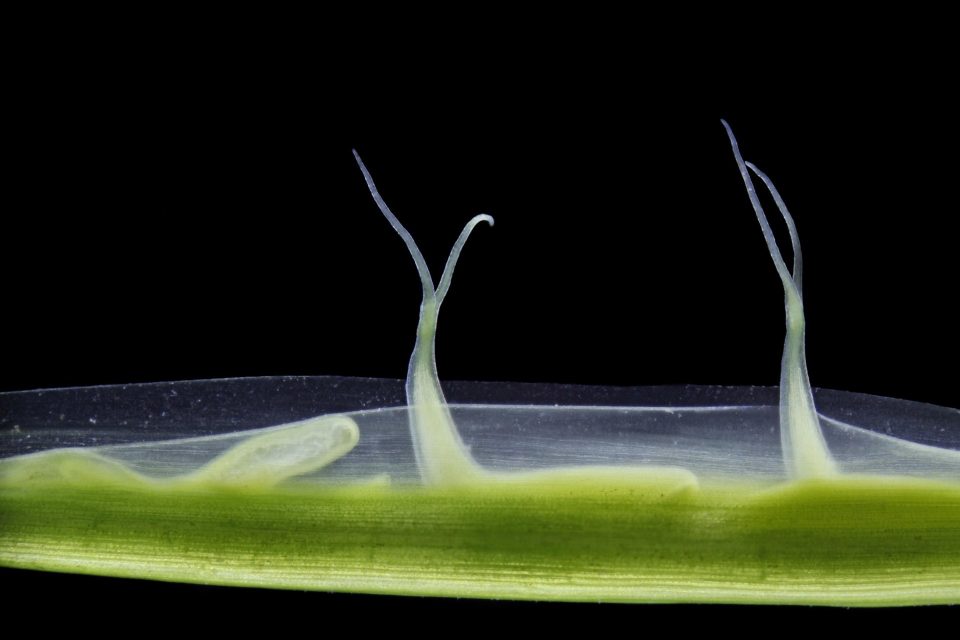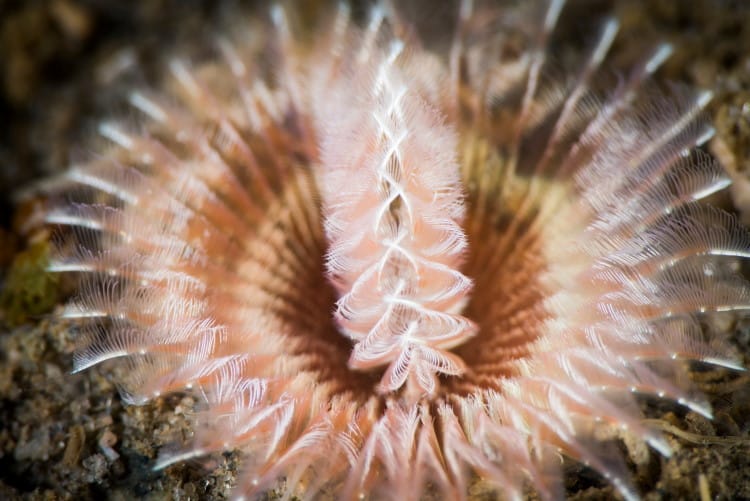
Group of the month July – Phoronida
This month, I wish to present a very beautiful invertebrate phyla, namely Phoronida – also known as Horseshoe worms. The phylum is fairly small, with 13 recognized living species, divided into two genera; Phoronis and Phoronopsis. They are found within the phylogenetic grouping of Lophotrochozoa, more specific […]
